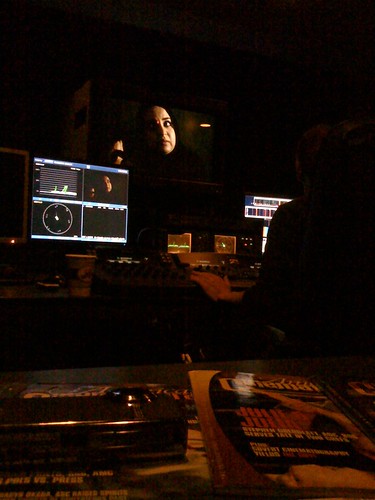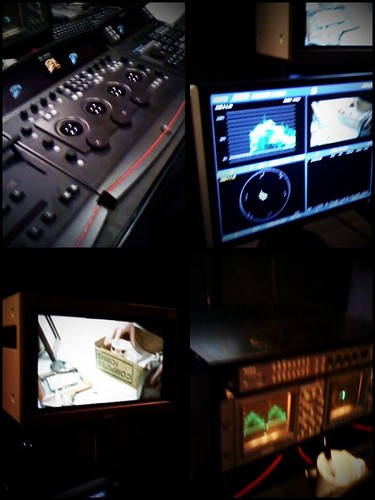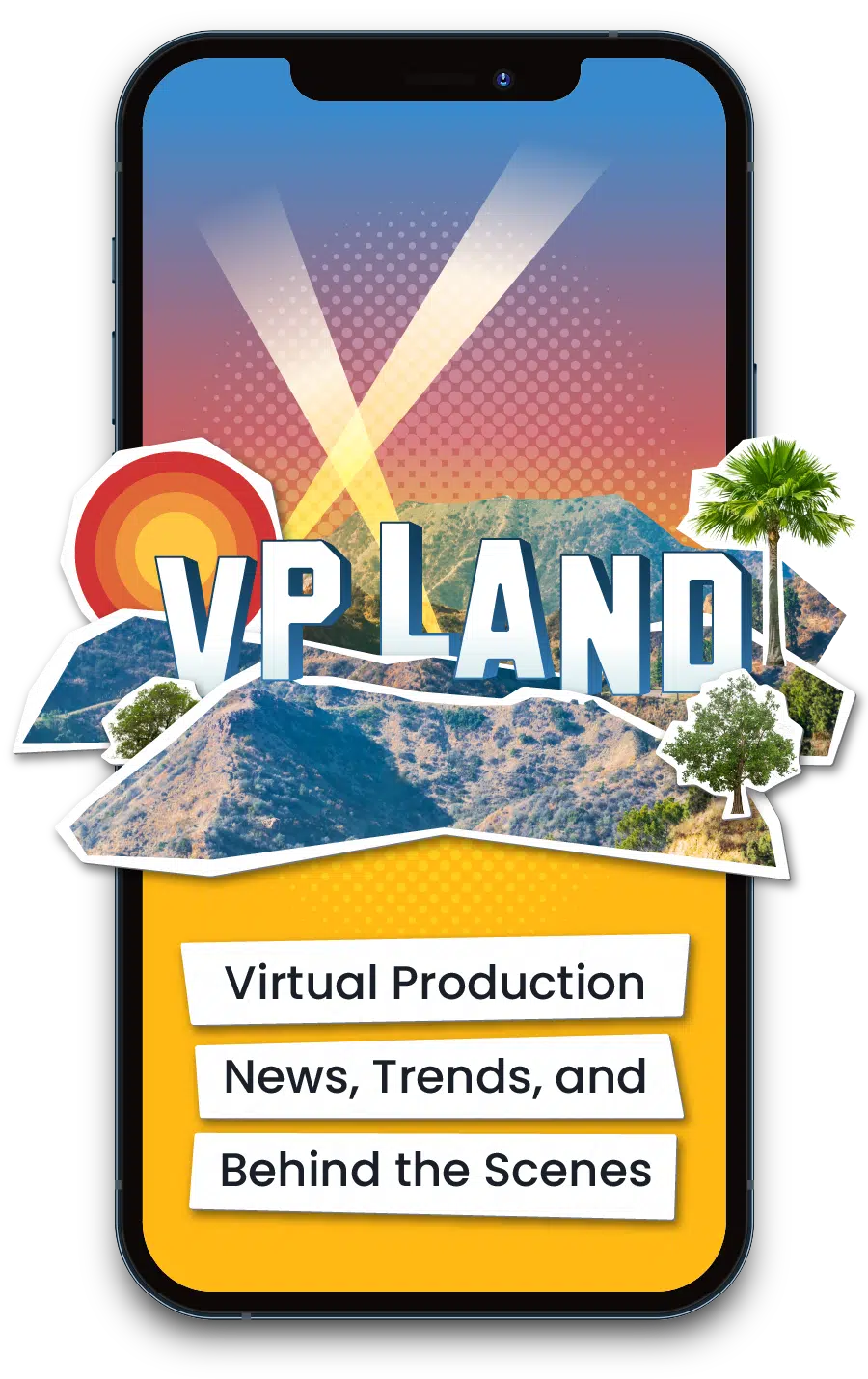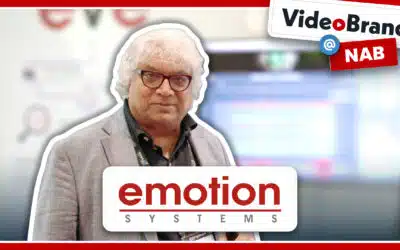Remember UnderCover, that pig movie I was producing? The one where I said I would give you a play-by-play into the process of making but kind of slacked off a bit. Yeah, that one.
Well, it’s officially done. And it’s really funny.
This post is a little long and rambling, so I divided it into an explanation of what color timing is, the actual experience, and whether or not hiring a colorist and timing at a professional lab is worth it.
Why Color Time
The final step in the process of finishing your movie is to get it color timed. I had moved back to Miami while the film was still being edited, and later sound designed and mixed. I had done all that in film school, but what we never do (well, with a professional, anyway) is color time, so I was very excited to see the process.
Color timing serves two main purposes – making everything look consistent (and better) and adding a ‘look’ if needed.
Say you have a scene outside that’s about a minute and plays out in real time. Now in reality that scene probably took a couple of hours to film. In this span of “a minute,” the sun’s moved, lights moved, brightness changed, color temperature changed. So with color timing you go in and make sure all the colors are pretty consistent (so the orange on one character’s face is close to the orange on the reverse shot).
Like most things in film, a good job means no one notices anything. On the other hand, if you don’t even do the most basic of color timings, colors might change too much and it’ll take people out of the film, even if it’s on a subconscious level.
You can also punch up the blacks, adjust your levels, and just make the image ‘pop’ a little more in color timing.
The other power of timing is to add a ‘look.’ Think Tony Scott, Underworld, The Matrix or any other very stylized film. That look isn’t captured on set, it’s added in post. This, however, was not the case for what we needed to do with UnderCover. We just needed to punch things up and give it a polished look.
Color by Numbers
We ended up timing at Cineworks New Orleans. They’re just opening up a new facility there and we were their first movie. Bradley was our very cool colorist who timed the movie.
It was a long, 10 hour process to go through a 16 minute film shot by shot, but it was great to see Bradley work his magic. It was also fun to have a mini reunion with Iman and Julie (the director and DP).
Funny enough, that ‘look’ example I gave before was a pretty common lingo to explain what you want. Bradley would create a few options and then show them, and then time the rest of the scene based on what we pick. “You want more Ridley Scott or Michael Mann?”
It became clear we were in the technical world / delusional exhaustion when Bradley said color timing Canon 5D footage would be like color timing an H.264 file, and I thought that was really funny.
My friend Iran (previously seen on the documentary road trip) whom I stayed with, was working on Imagination Movers, which was filming in the same building, so he paid us a visit.
Once the entire film went through a first pass (watching the film again to see if there’s any adjustments to make is apparently called a second pass, and we didn’t have enough money for that) we still weren’t quiet there at that 100% finished mark. A few visual effects shots were missing and the equipment needed to merge them together is in Miami (they were still transitioning everything).
Luckily I was flying back the next day, and so was Bradley with our footage. Back in Florida, I went to Cineworks Miami to pick up the final HDCAM tape. It was a little weird to be there in person because Cineworks is where FSU sends all it’s film to be processed, but it was just always this mysterious place that we would send cans of film to, maybe with a few notes attached, and it would come back all digitized and on a hard drive.
We always wondered if they’d get an FSU shipment of film and think, “Oh shit, not this crap again.” We also wondered if they ever read our very detailed DP Addendum’s.
Anyways, the film was finally done, I got the HDCAM and DVDs, and then went straight to FedEx to overnight it to Sundance (fingers crossed).
By the way, there is such a thing as a stupid question and that’s, “What’s higher resolution, HDCAM or DVD.” I got such a dumb ass look from the people at Cineworks, all because Iman didn’t believe me and made me ask them. So FYI, HDCAM is way higher resolution and never ask this to a professional.
Is it Worth It?
So after the New Orleans timing (note: New Orleans is awesome) we grabbed some dinner and talked about how everything went, and inevitably the question came up on was it worth it?
Hiring Cineworks to color time the movie and export it to an HDCAM tape was by far the most expensive part of the production. In the end I thought it was totally worth it while I think Iman was a bit on the fence on if this was something we could have done ourselves.
Final Cut Studio comes with Color, it’s own color timing application. It’s actually a really, really powerful piece of software, and even colorists say it can do pretty much most of what we did on the more expensive DaVinci system used by Cineworks. So in that respect, yes, it is a really good point because the software we’d need is already standard on most of the computers at the Film School.
However, we’re not just paying for the software. Mostly we’re paying for Bradley and his expertise. What he did in a day would have taken at least a week to do just by messing around with everything and figuring it out. Plus, we’re paying for a color calibrated studio. The coloring suite had a huge color calibrated monitor, and we know that what we see there is what we’re going to get. Bradley is also there to ensure that the film meets legal broadcast standards (there are color limits that you have to meet in order to be broadcasted) and finally I don’t believe the Film School has enough computing power to handle real time color correction of RED Raw files.
So there’s all that extra gear in a professional environment that we’re paying for, but I feel Bradley is the most important cost. Yes, we might have gotten the same result with lots of time (still a big maybe) but there’s no way we would have met the Sundance deadline.
And we know that what we saw in the studio is what we’re going to get when it screens at a festival, and most importantly the film is finally 100% done!






